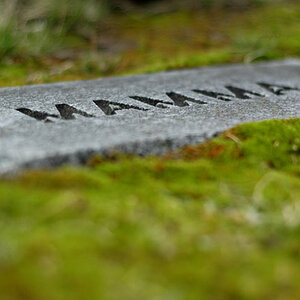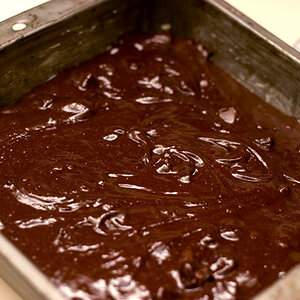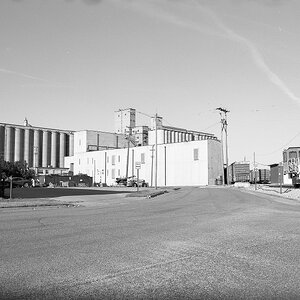Hi all,
I started taking dark room classes last night at a high school. The thing runs for the next 7-8 weeks, so I have plenty of time to play around with the equipment. I was stupid enough to bring an undeveloped roll of color film I finished shooting last weekend, just to find out they wanted BW.
Well the @#!$ course book just said "bring a roll of film"!
Anyways, the night was a blast, even though I had to sit through it while everyone else got to play around with their negs. I pretty much have the basics down, but just a few more questions for you pros that I didn't think about till this morning.
1) How do you dispose of those chemicals? The guy used T-Max neg developer... Ilford multigrade print developer... some other stuff I can't remember (I wrote them down!).
2) HOW do those filters on a condenser enlarger work? What is their purpose?
3) The instructor printed one print from a BW negative using a dichroic enlarger. On the dials, he set cyan and yellow to 0, and magenta to 25, I think. I really had no idea why he did that. Can someone explain to me why he set magenta to 25?
I'm such a noob at this! Thanks for any responses!
Thanks for any responses!
I started taking dark room classes last night at a high school. The thing runs for the next 7-8 weeks, so I have plenty of time to play around with the equipment. I was stupid enough to bring an undeveloped roll of color film I finished shooting last weekend, just to find out they wanted BW.
Well the @#!$ course book just said "bring a roll of film"!
Anyways, the night was a blast, even though I had to sit through it while everyone else got to play around with their negs. I pretty much have the basics down, but just a few more questions for you pros that I didn't think about till this morning.
1) How do you dispose of those chemicals? The guy used T-Max neg developer... Ilford multigrade print developer... some other stuff I can't remember (I wrote them down!).
2) HOW do those filters on a condenser enlarger work? What is their purpose?
3) The instructor printed one print from a BW negative using a dichroic enlarger. On the dials, he set cyan and yellow to 0, and magenta to 25, I think. I really had no idea why he did that. Can someone explain to me why he set magenta to 25?
I'm such a noob at this!



![[No title]](/data/xfmg/thumbnail/33/33027-0118cfc4034a37ef267ca6f8aa2fe04a.jpg?1619735841)


![[No title]](/data/xfmg/thumbnail/30/30859-ec099dbef074432d32832fceb25cf539.jpg?1619734479)
![[No title]](/data/xfmg/thumbnail/42/42465-64dd69400e2bfaf59e558c3d8c934271.jpg?1619740192)


![[No title]](/data/xfmg/thumbnail/32/32930-09414fc020c2a60a456ff59a05c5ef8f.jpg?1619735759)

![[No title]](/data/xfmg/thumbnail/42/42464-98a778e864f4e6df2a9cc673b7549322.jpg?1619740192)
![[No title]](/data/xfmg/thumbnail/42/42467-e93a2a1ecfbab434ac7d27c9d0dd0a02.jpg?1619740193)